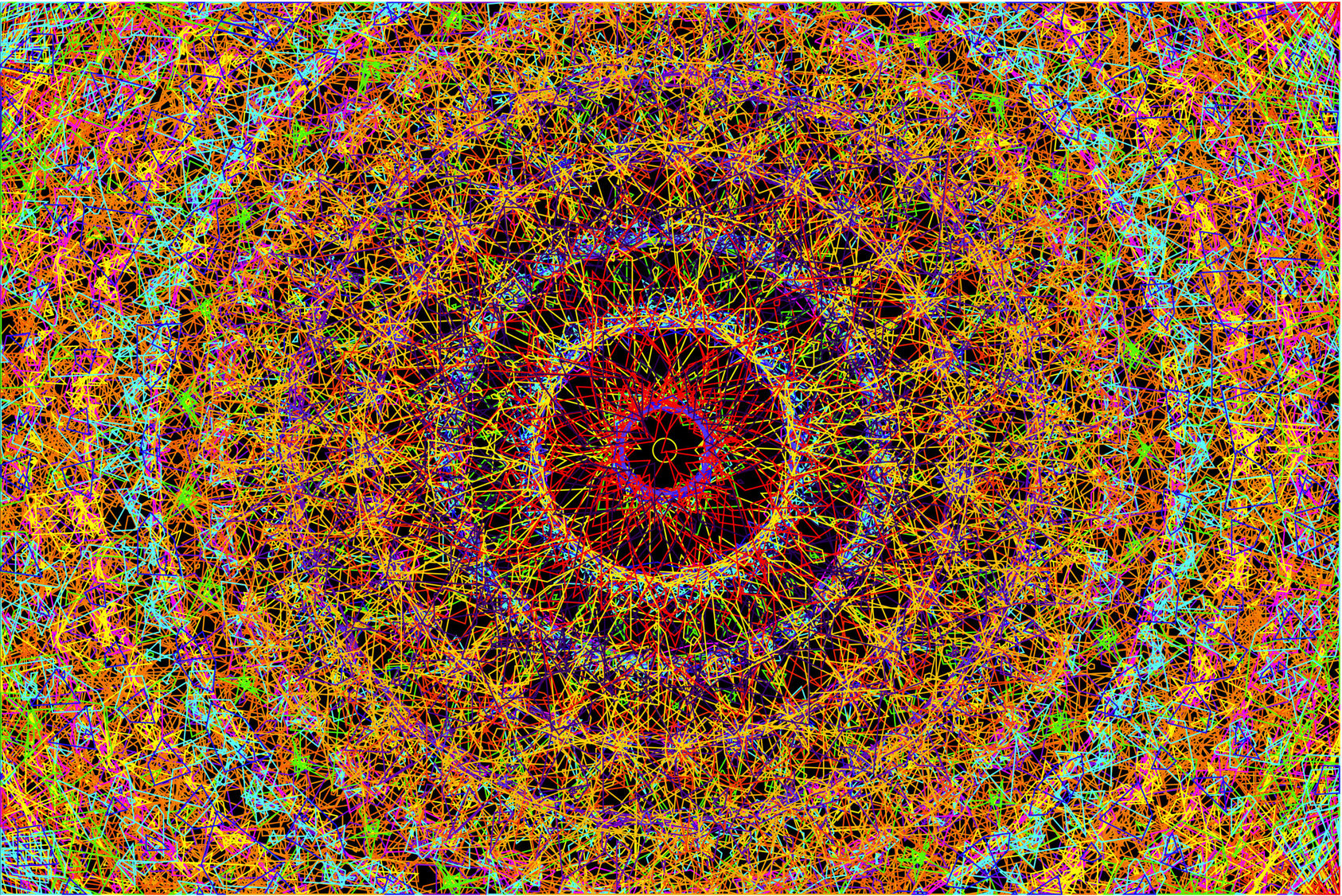
ALL ABOUT OUR THREE LIBRARIES
We hope you find useful resources here at lightcolourvision.org to help you develop your own projects and assignments.
Everything on the site is organised into a LIBRARY OR ARTICLES, a LIBRARY OF DIAGRAMS and a DICTIONARY OF LIGHT, COLOUR & VISION.
ARTICLES
We will soon have a suite of articles covering light, colour and vision in this library. Explore our ARTICLES now to see which titles are available to date.
Each article is in the form of an illustrated essay and aims to provide a gentle introduction to an aspect of one of our core topics.
Visitors will find that all the articles are organised under a series of sub-heading which break them down into digestible chunks.
The articles and illustrations are all available for download in commonly used file types.
ABOUT READING ARTICLES
Now here is some advice for visitors who are reading the articles for the first time and feeling a feel a little overwhelmed!
Download the article you plan to study. It’s easier to work with than flicking around web pages.
Be kind to yourself. Allow plenty of time to get to know new terms and concepts.
Look up unfamiliar words as you go along.
Cut and paste important points into your own notes.
Work backwards and forwards between the images and the text. They say an image is worth a thousand words!
Look for the key ideas first. You can add more detail later.
Never give up on new ideas. Just keep going. Eventually the unfamiliar becomes familiar and things that initially seem complicated become more straightforward.
Sleep on it! It’s amazing how we digest new ideas during a good night’s sleep.
LIBRARY OF DIAGRAMS
Our LIBRARY OF DIAGRAMS is for students, educators and researchers of all ages looking for information about light, colour, vision and how to see more. Visit our LIBRARY OF DIAGRAMS now to see the topics covered to date.
Visitors will find that each page of the library deals with a different subject such as Features of Electromagnetic Waves. The pages are laid out as follows:
- A diagram providing key information. All diagrams use the same graphic conventions to make them as memorable as possible.
- A dialogue box for selecting download options for the diagrams.
- A question and answer section where visitors can check out their general knowledge.
- An introduction to the diagram with point-by-point explanations.
- A summary of all the key terms used on the page.
- Additional information on how to use the resources on the page.
Diagrams can be downloaded in JPEG and AI format.
The AI format (Adobe Illustrator) allows users to edit the images for their own purposes.
The JPEG format makes it easy to place or paste diagrams into essays and assignments. All diagrams are exactly the same width which means they will maintain a consistent size when used in essays. They appear at their best when allowed to run right across the page from margin to margin.
Any text on the website can be cut and pasted into your own notes. Read our posts about Copyright and our Guide to Citations for more information. (A citation is a reference to a book, article, web page, or other published item that you add to your work so people know where information comes from).
DICTIONARY OF LIGHT, COLOUR & VISION
The easiest way to use the DICTIONARY OF LIGHT, COLOUR & VISION is to follow the links embedded in the text on DIAGRAMS PAGES.
When you click on a link it opens a new tab in your browser and displays a definition and explanation of the term you selected.